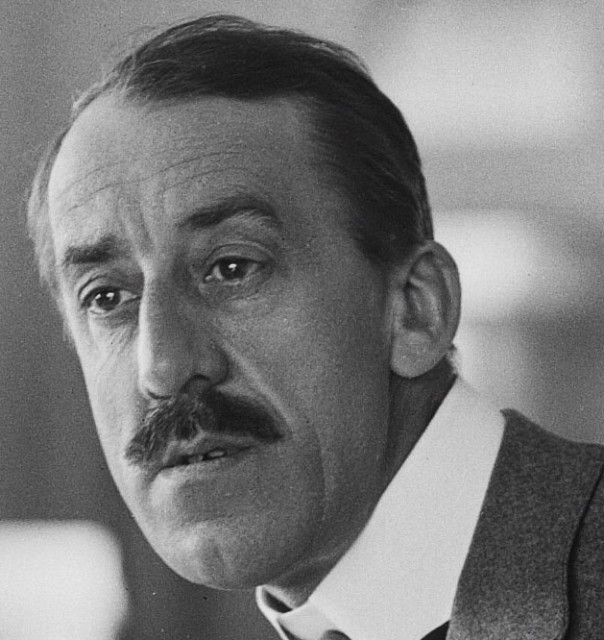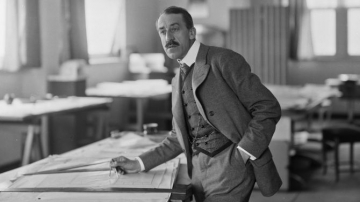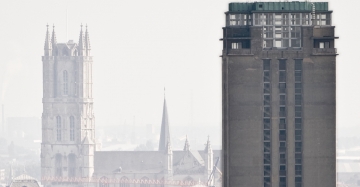Henry Van de Velde

Henry Clemens van de Velde (°Antwerpen, 3 April 1863 – †Zürich, 15 October 1957) was a Belgian painter, architect and interior designer.
Together with Victor Horta and Paul Hankar he could be considered as one of the main founders and representatives of Art Nouveau in Belgium. He studied painting under Charles Verlat at the famous Royal Academy of Fine Arts, Antwerp. He then went on to study at Carolus-Duran in Paris. In 1899 he settled in Weimar, Germany, where in 1905 he established the Grand-Ducal School of Arts and Crafts, together with the Grand Duke of Weimar. It is the predecessor of the Bauhaus, which, following World War I, eventually replaced the School of Arts and Crafts, under new director Walter Gropius, who was suggested for the position by Van de Velde.
Although a Belgian, Van de Velde would play an important role in the German Werkbund, an association founded to help improve and promote German design by establishing close relations between industry and designers. He would oppose Hermann Muthesius at the Werkbund meeting of 1914 and their debate would mark the history of Modern Architecture. Van de Velde called for the upholding of the individuality of artists while Hermann Muthesius called for standardization as a key to development.
During World War I, Van de Velde, as a foreign national, was obliged to leave Weimar (although on good terms with the Weimar government), and returned to his native Belgium. Later, he lived in Switzerland and in the Netherlands where he designed the Kröller-Müller Museum in Otterlo. In 1925 he was appointed professor at the Ghent University Institute of Art History and Archaeology, where he lectured architecture and applied arts from 1926 to 1936. He was instrumental in founding in Brussels, in 1926, today’s renowned architecture and visual arts school La Cambre, under the name of “Institut supérieur des Arts décoratifs.” He continued his practice in architecture and design, which had demarcated itself significantly from the Art Nouveau phase, whose popularity was by 1910 in decline. During this period, he mentored the great Belgian architect, Victor Bourgeois.







